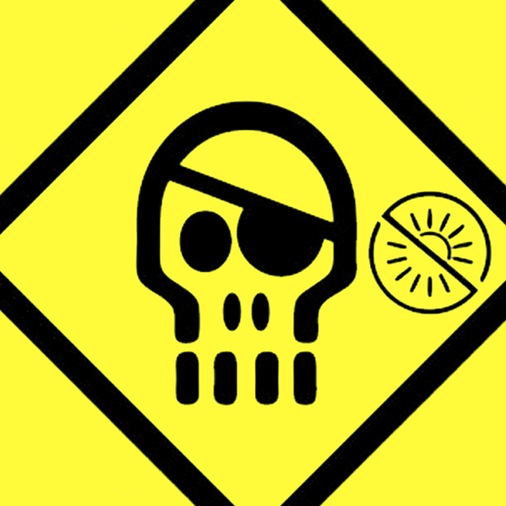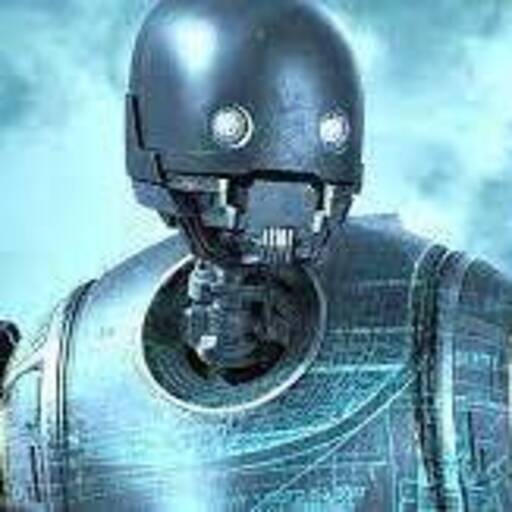One disadvantage of FDM parts are that they are usually weaker than injection molded ones because of how the extruded lines have to fuse together rather than just being moulded in one piece.
Advantage of 3D printing is that you can virtually print anything you want and have it available to use within minutes to a few hours without leaving your place or order something to be delivered. The down sides are that it usually needs to be designed with 3D printing in mind. It’s also a bit weaker due to the layer adhesion, it’s surface finish is not as precise (resin is another story though) Also with a decentralized manufacture there is no QC possible so if you design something and put it up online the quality will vary depending on who prints it and on what. Finally, there’s a problem with IP, when you manufacture a mold and inject then sell, you can charge per item, with 3 D print you may pay for the STL but the. There are no restrictions on how many copies you can make. So it’s a challenge to adapt pricing of designs if you’re looking to make a profit from it.
Sure its good for “rapid” prototyping but the cost and time advantage dont scale. If I need exactly 1 of something FDM will almost always cost less and take less time. If I need 100-1000-10,000 of something FDM will cost far more upfront for printers than the cost of molds and doing a large injection run.
So it really comes down to what you need and want. For testing, and developing something FDM is fantastic, but once you need to scale, traditional manufacturing will win every single time by a mile!
3D prints are great for those one off things. In the past I’ve printed replacement parts for a swimming pool, a g-clamp I needed for a one off task, I’ve fixed a rotary clothes line…
My most recent print was an AirTag holder for my wallet. Aviator who make the wallet wanted €35 for their one. Mine cost me probably 5p in plastic 😂
3D printers are also great if you only have space for one machine.
They give you the highest versatility for the lowest footprint.
Yea, the versatility of 3D printing is a perk. You don’t need to buy a mold just download/create what you need and viola a few hours later its there.
deleted by creator
Weaker, not smooth without postprocessing, not food friendly, and of course much slower.
Wow, there are some really in depth and great replies thank you everyone.
Right now for my use cases some of the advantages I see are:
- Rapid Prototyping
- Using FDM where injection molding would struggle, examples include articulating toys.
- Low volume production runs
Does anyone have a multi-filament printer? I am not quite sure how this would compare with injection molding, but I am able to get relatively fine color changes on a single part. See picture of an earring that I am prototyping.
When it comes to mass manufacturing, inject molding is the undisputed king. 3D print times are measured in hours per part, injection molding is measured in seconds or even milliseconds per part. Injection molded parts also have a smoother surface finish and are generally stronger than 3D prints.
Setting up an injection molding run is expensive and time consuming. You have to design molds (requires specialized design skills) and have them machined (costly in time and materials). Setting up a 3D print just requires slicing a model and sending to the printer, which can be as little as a few minutes.
3D printing can also create geometries that are impossible in injection molded parts. With injection molding, there are quite a few specific design requirements to allow the plastic to flow into the mold, cool, and be ejected. With 3D printing, there fewer restrictions on the design.
So, if you want a huge number of something it’s definitely worth it to spend the up front time and money to do injection molding. If you are doing smaller quantities, need to get started fast, or require geometries that are impossible with injection molds, then 3D printing may be a better option.





